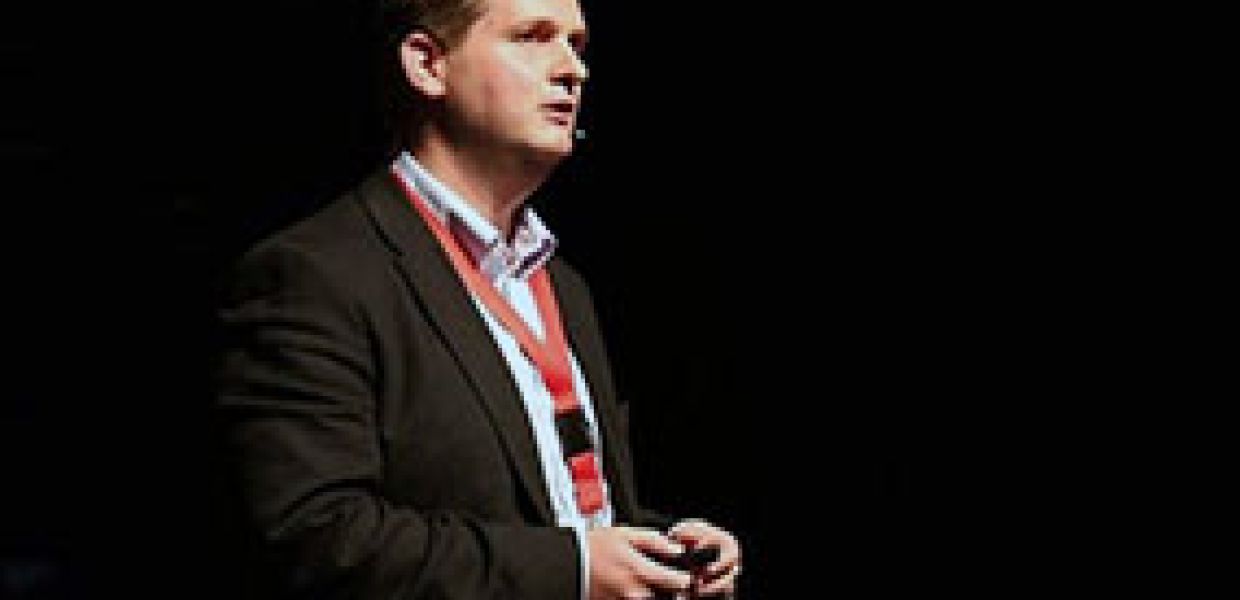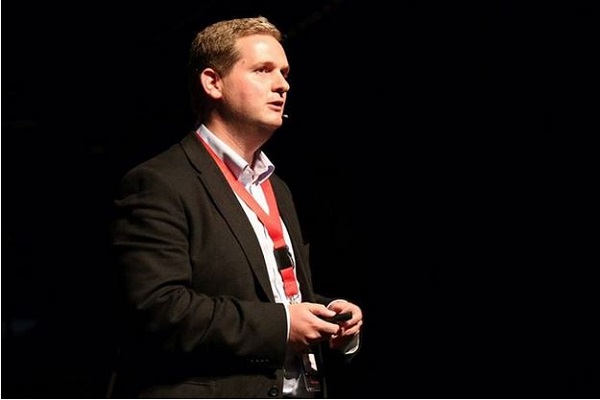An interview with the Chair of the Europeana Network

Nick Poole answers questions about the Europeana Strategic Plan 2020.

Image: Nick Poole, CC BY-SA
What is your view on strategy?
For me, a vision is a picture of the world as it could be and a strategy is how a group of people organise themselves to get there. Europeana’s vision is a bold and important one. We are all in the business of transforming the world with culture and Europeana gives shape and momentum to this work.
The Strategic Plan 2020 isn’t really about the document. It’s about bringing together a diverse and creative community, shaping a common language for us to express our hopes and ambitions and providing a way of organising ourselves to achieve them.
The strategy isn’t about telling people what to do, it’s about giving expression and shape to our shared goals and then enabling us to make decisions at an individual and collective level that help us to achieve them. As Mintzberg says, ‘strategy is a pattern in a stream of decisions’. With so many people in so many countries involved in the work of opening up cultural heritage, we really need those organising principles.
How has this strategic plan been constructed?
The Strategic Plan is a document of a conversation that has taken place in meeting rooms and conferences and bars and restaurants all over Europe over the past 12 months.
It is the product of Powerpoints and Post-its, champions and critics sitting across tables from each other and discussions long into the evening in many languages.
Wherever it happens, the conversation follows similar lines - how are digital consumers changing, how can we adapt our services to meet their needs and how can we raise our voices together for the value and impact of experiencing culture online.
Europeana isn’t an office of 50 people, it’s a network of 5,000 and I am really pleased that this Strategic Plan has been developed from the ground up by engaging with the hopes and ideas of that network.
What are the most important take-aways of this strategic plan for Europeana Network members?
I think it’s important to note how far Europeana has come. This Strategic Plan really represents the culmination of the learning of the last 5 years. It shows Europeana as a confident, networked organisation that understands who its audiences are and what they need.
For me, I think the most important message for Network members to take away from this Strategic Plan is that Europeana delivers, and with your support it has the ambition to deliver so much more.
Europeana has always had different stakeholders with different needs and expectations. This Strategic Plan shows how Europeana is reconciling those needs to create sustainable flows of value.
Those flows of value are critical for every part of the Europeana ecosystem. Cultural heritage and knowledge institutions need to know that if they share more, better-quality content with their audiences through Europeana, they will reap the rewards in terms of visibility, attention and reputation. That is critical, not just to the future success of Europeana, but to the future prosperity of our industry.
Ultimately, the success of this Strategic Plan depends on people standing up and getting involved. We hope that as many librarians, curators, open data activists, experts, enthusiasts, Wikipedians and makers will see it as their opportunity to join the network and share their insights and energy.
I hope everyone will download and share this Strategic Plan, and get busy transforming the world with culture!
